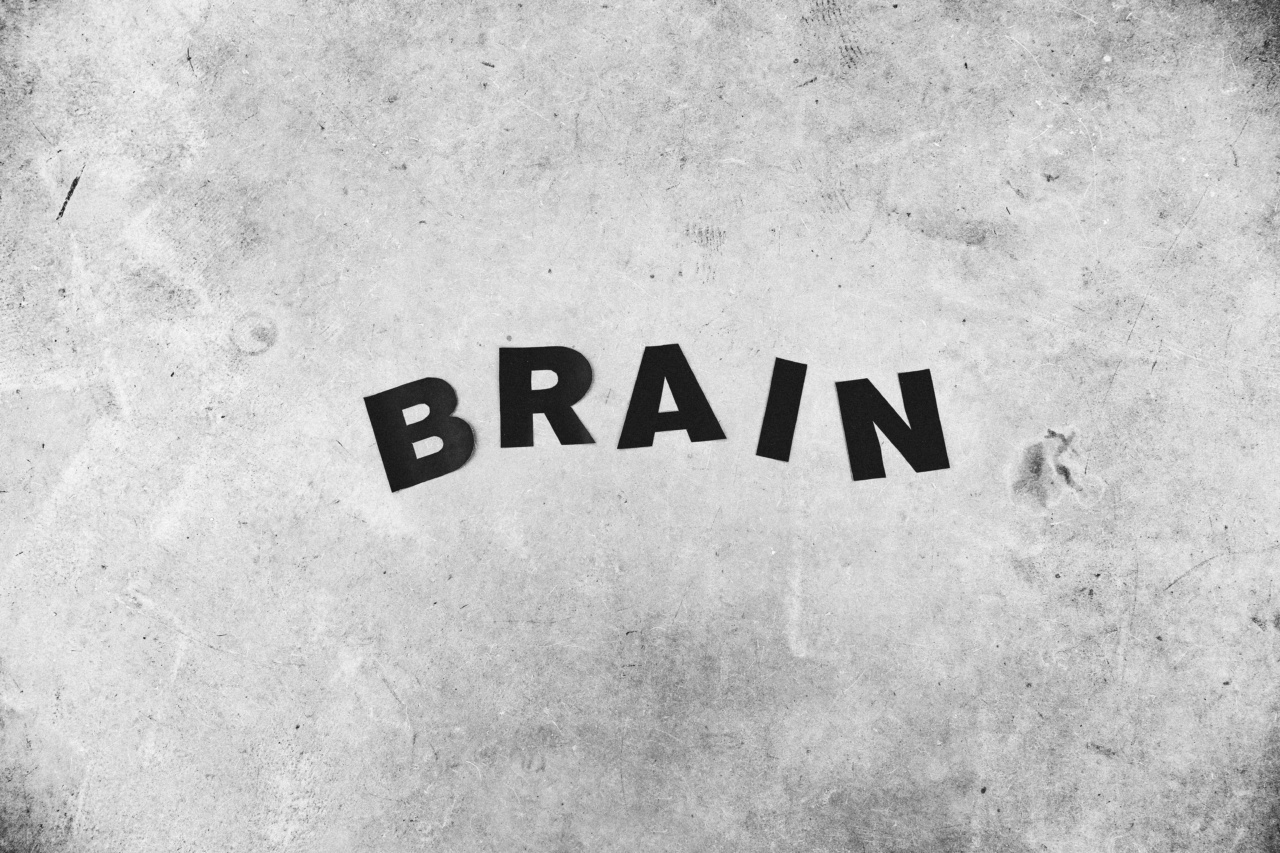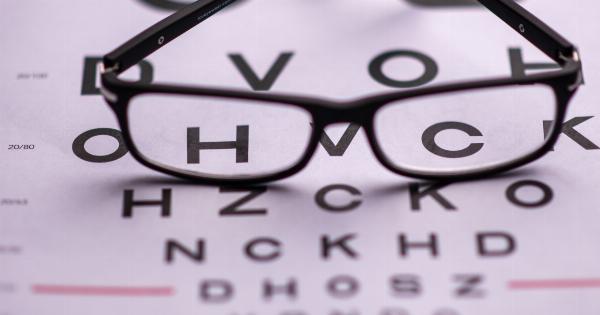Dry eye is a common condition that affects millions of people around the world. It occurs when the eyes are unable to produce enough tears or the quality of tears is poor. This can cause discomfort, irritation, and even vision problems.
Dry eye is a chronic condition that often requires ongoing treatment and management. In this article, we will explore the causes, symptoms, and risk factors associated with dry eye.
What is Dry Eye?
Dry eye is a condition that occurs when the eyes do not produce enough tears or the quality of tears is poor. Tears are an essential part of eye health as they help to keep the eyes lubricated and free from debris.
They also contain special proteins and enzymes that protect the eyes from infections. If the eyes are unable to produce enough tears, they can become dry and irritated, leading to various symptoms.
Causes of Dry Eye
Dry eye can be caused by a wide range of factors, including:.
- Age: Dry eye is more common in older adults as tear production decreases with age.
- Gender: Women are more likely to develop dry eye than men, due to hormonal changes during pregnancy, menopause, and the use of contraceptives.
- Medical conditions: Dry eye can be a symptom of other medical conditions such as Sjogren’s syndrome, rheumatoid arthritis, and lupus.
- Environmental factors: Exposure to smoke, wind, and dry climates can cause dry eye.
- Medications: Certain medications such as antihistamines, diuretics, and antidepressants can cause dry eye as a side effect.
- Screen time: Prolonged use of electronic screens can cause dry eye due to reduced blinking.
Symptoms of Dry Eye
Dry eye can cause a variety of symptoms, including:.
- Stinging or burning sensation in the eyes
- Dryness and irritation
- Excessive tearing
- Difficulty wearing contact lenses
- Sensitivity to light
- Blurred vision
Diagnosis of Dry Eye
If you experience any of the symptoms mentioned above, it is essential to seek medical attention. The doctor will conduct a comprehensive eye examination, including a review of your medical history, and assess your tear production.
They may also perform various tests to determine the severity of your condition. These may include:.
- Tear breakup time test to measure how long it takes for tears to break up on the surface of the eye.
- Eye surface staining to detect damage to the surface of the eye.
- Meibomian gland evaluation to assess the function and structure of the glands that produce oil in the tears.
- Schirmer’s test to measure the amount of tears your eyes produce.
Treatment of Dry Eye
Treatment of dry eye depends on the severity of the condition. Mild cases of dry eye can often be managed with over-the-counter eye drops or artificial tears. These help to lubricate the eyes and provide relief from symptoms.
In more severe cases, prescription medication or surgery may be required.
Medications that stimulate tear production, such as cyclosporine, are often prescribed for chronic dry eye. In some cases, surgery may be necessary to block tear ducts to promote tears from remaining on the surface of the eyes longer.
Prevention of Dry Eye
While dry eye cannot always be prevented, there are steps you can take to reduce your risk of developing the condition, such as:.
- Take frequent breaks when using electronic screens to reduce eye strain.
- Use a humidifier to add moisture to dry indoor air.
- Avoid smoking and secondhand smoke.
- Wear sunglasses or protective eyewear in windy or dry conditions.
- Stay hydrated by drinking plenty of water.
- Eat a healthy diet, rich in omega-3 fatty acids, to promote eye health.
Conclusion
Dry eye is a common condition that can cause discomfort, irritation, and vision problems. It is a chronic condition that often requires ongoing treatment and management.
Understanding the causes, symptoms, and risk factors associated with dry eye is essential to maintaining good eye health. If you experience any symptoms of dry eye, seek medical attention promptly to ensure prompt diagnosis and treatment.
























